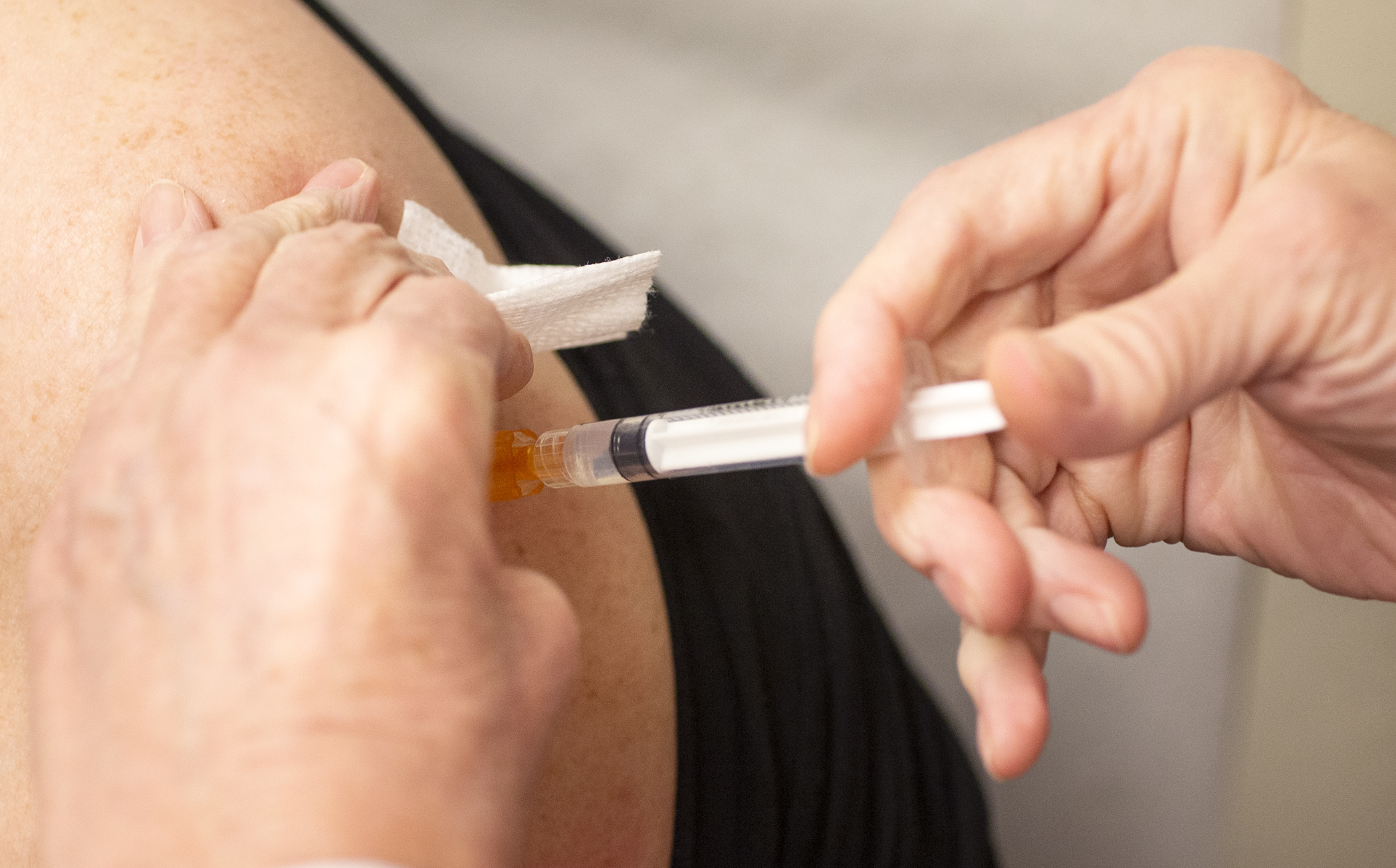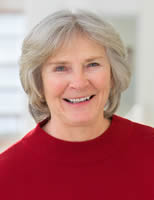Health commissioner: MN on track with vaccination plans, prepping for expansion

It is “nothing short of amazing” that vaccinations for COVID-19 are underway only a year after the first case was identified in the United States, Health Commissioner Jan Malcolm said.
“It’s a wonderful testament to global collaboration and science, at its best,” she told the House Health Finance and Policy Committee Wednesday.
Currently, there are two vaccines available — produced by Pfizer and Moderna — both of which require special storage and handling; need two doses to be given 21 to 28 days apart; and are only available in pre-determined increments that constrain who can safely handle and deliver them.
“They’re complicated,” Malcolm said.
 Health Commissioner Jan Malcolm
Health Commissioner Jan MalcolmBut Minnesota is still on track to complete vaccinations in skilled nursing facilities — both residents and staff — by early February, she said.
Vaccinations in assisted living facilities started last week — either through a federal pharmacy program, or in partnership with local vaccinators, matched up by the Department of Health, Malcolm told members.
Minnesota has “substantially” completed vaccinations for the first two waves of health care workers, including hospital-based workers in most direct contact with COVID-19 patients and emergency medical service workers.
Health care providers and local public health organizations are leading vaccination efforts for an expanded wave of acute care workers, Malcolm said.
The state has also started a pilot program with nine sites to vaccinate people – by appointment only – who are 65 years old and older, or educators and child care workers participating through their employers.
This pilot project will allow the model to be built out and refined, so that it will be ready to operate at a large scale as soon as the capacity is available, Malcolm said.
The Health Department primarily works to oversee the system as a whole: understanding where both the need and vaccinators are, placing orders for the vaccine with the federal government, supporting providers to make sure they can administer it safely, and supplementing the work done by the rest of the system.
Vaccinators — which include primary care and community clinics, pharmacies, and local public health departments — actually receive and administer the vaccine.
Tribal nations have their own systems in place, and were able to acquire the vaccine through either the state or the Indian Health Service, and direct how that will be distributed independently of the state.
Related Articles
Search Session Daily
Advanced Search OptionsPriority Dailies
Ways and Means Committee OKs proposed $512 million supplemental budget on party-line vote
By Mike Cook Meeting more needs or fiscal irresponsibility is one way to sum up the differences among the two parties on a supplemental spending package a year after a $72 billion state budg...
Meeting more needs or fiscal irresponsibility is one way to sum up the differences among the two parties on a supplemental spending package a year after a $72 billion state budg...
Minnesota’s projected budget surplus balloons to $3.7 billion, but fiscal pressure still looms
By Rob Hubbard Just as Minnesota has experienced a warmer winter than usual, so has the state’s budget outlook warmed over the past few months.
On Thursday, Minnesota Management and Budget...
Just as Minnesota has experienced a warmer winter than usual, so has the state’s budget outlook warmed over the past few months.
On Thursday, Minnesota Management and Budget...